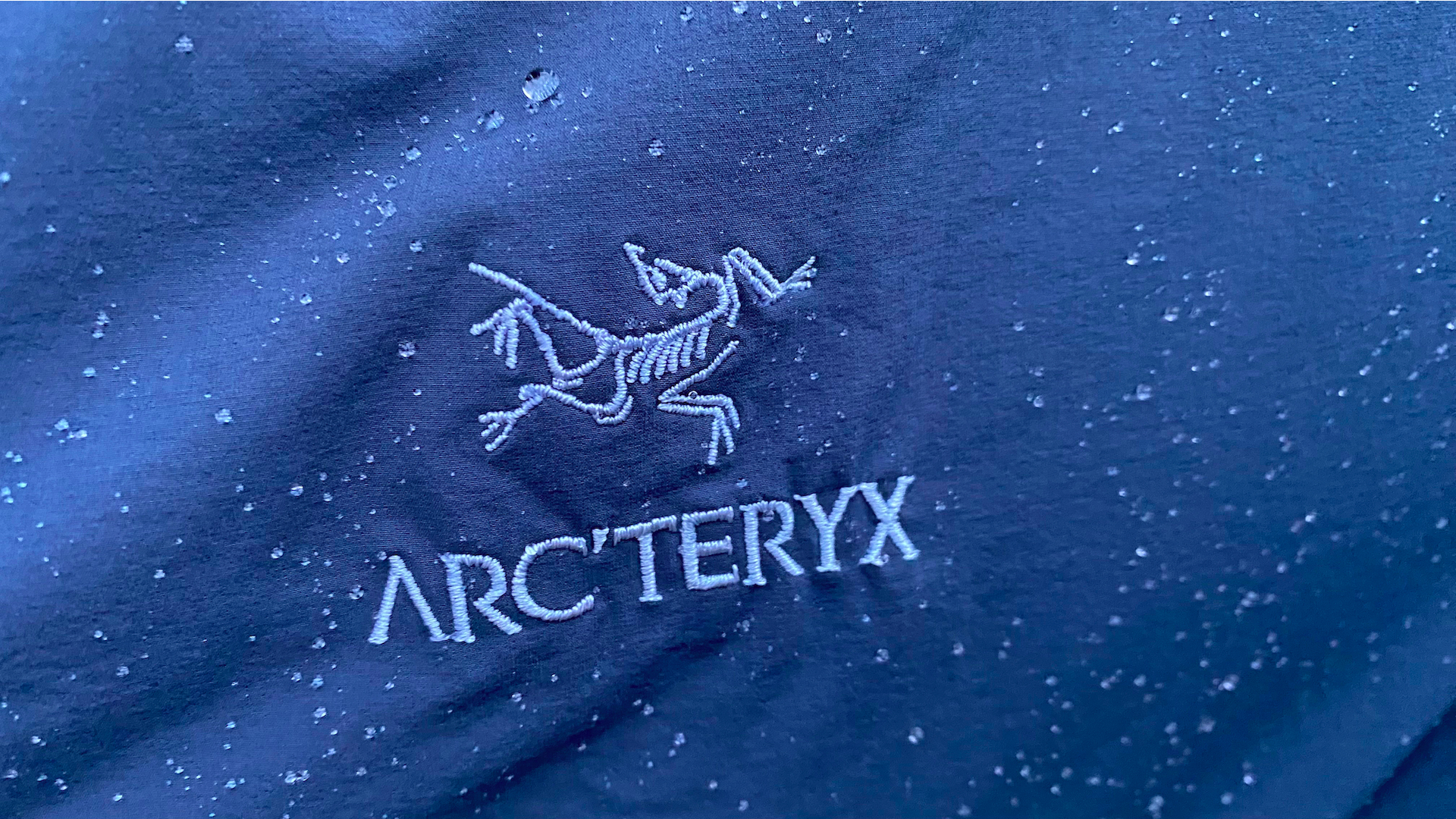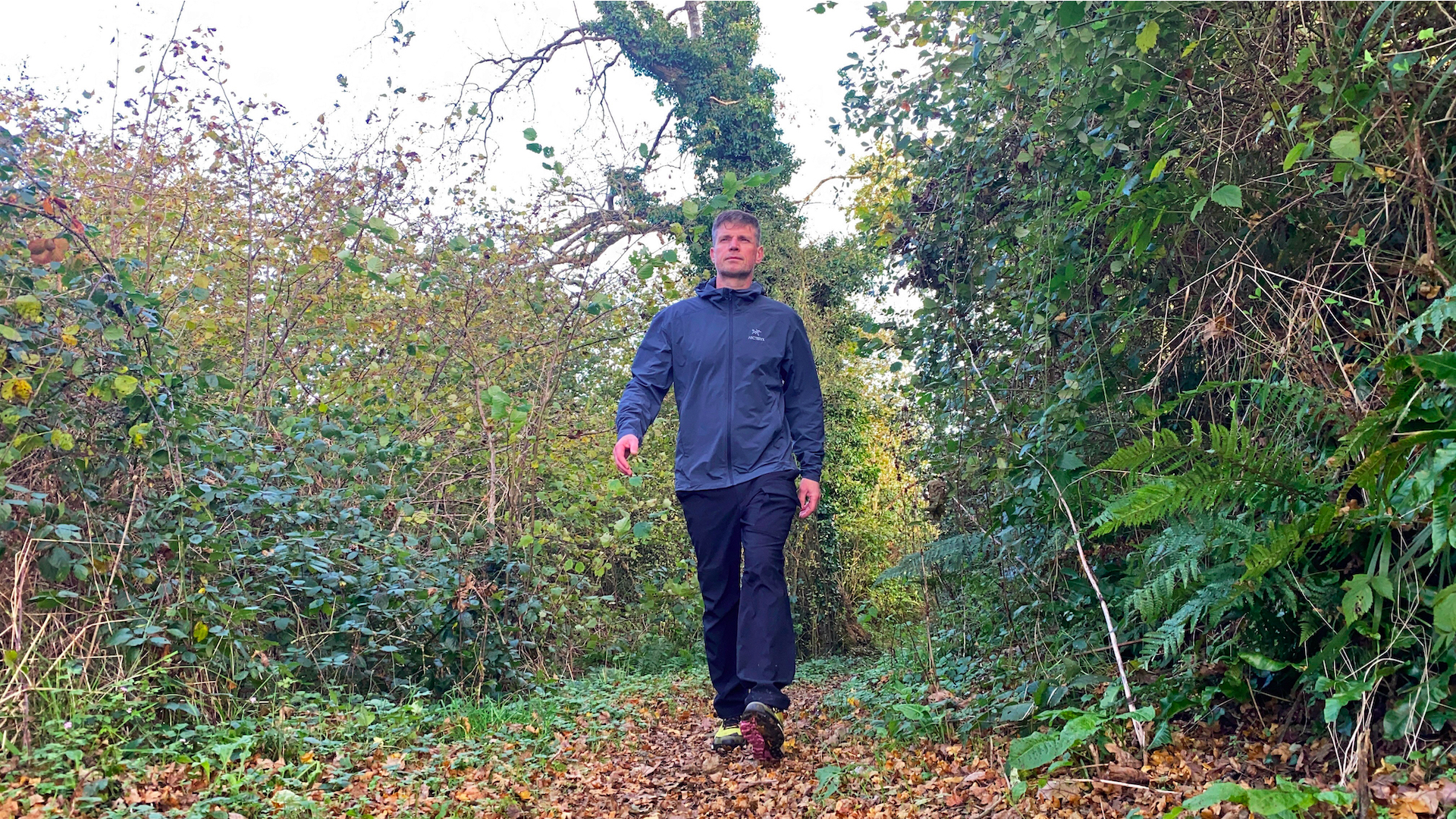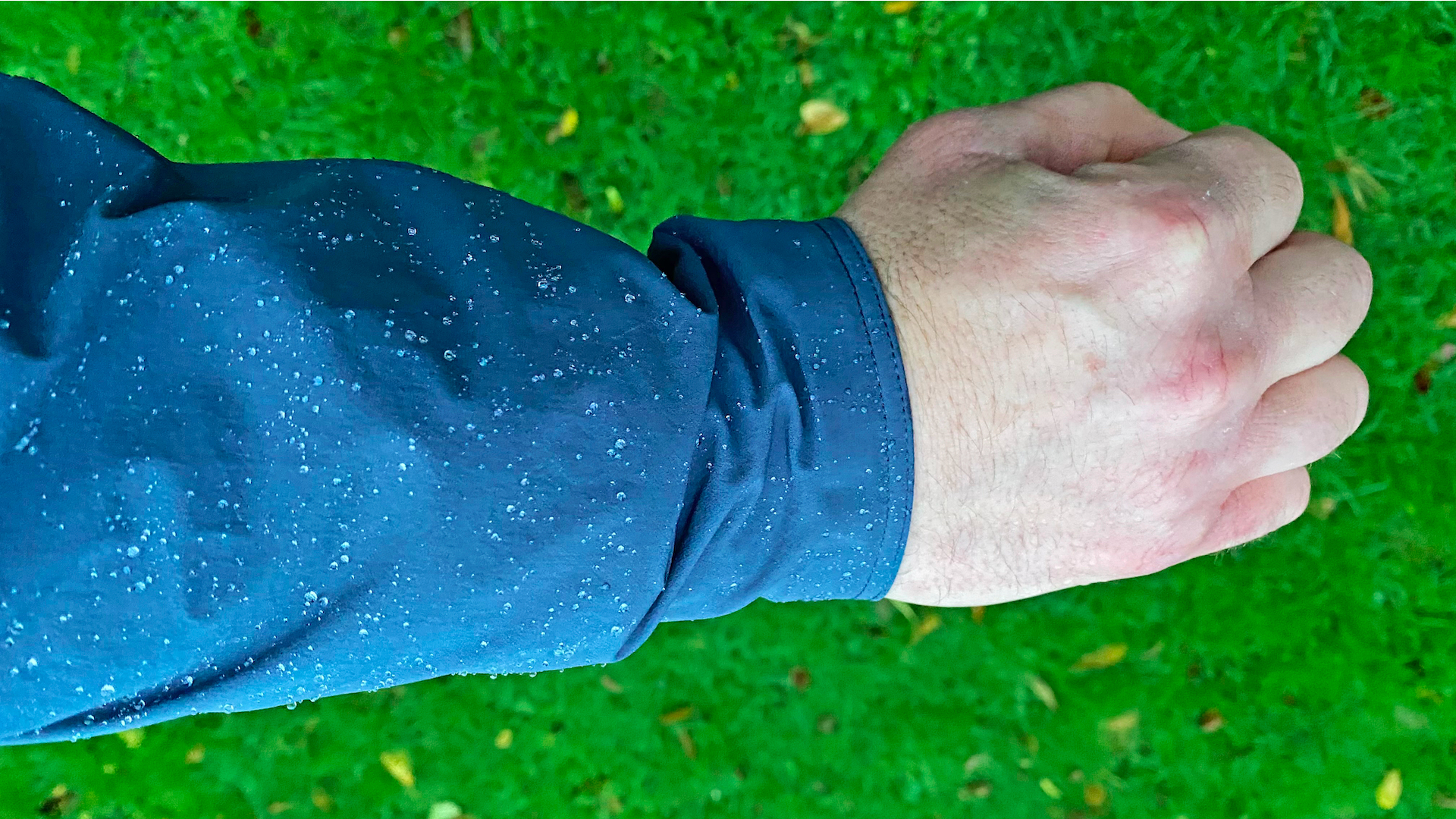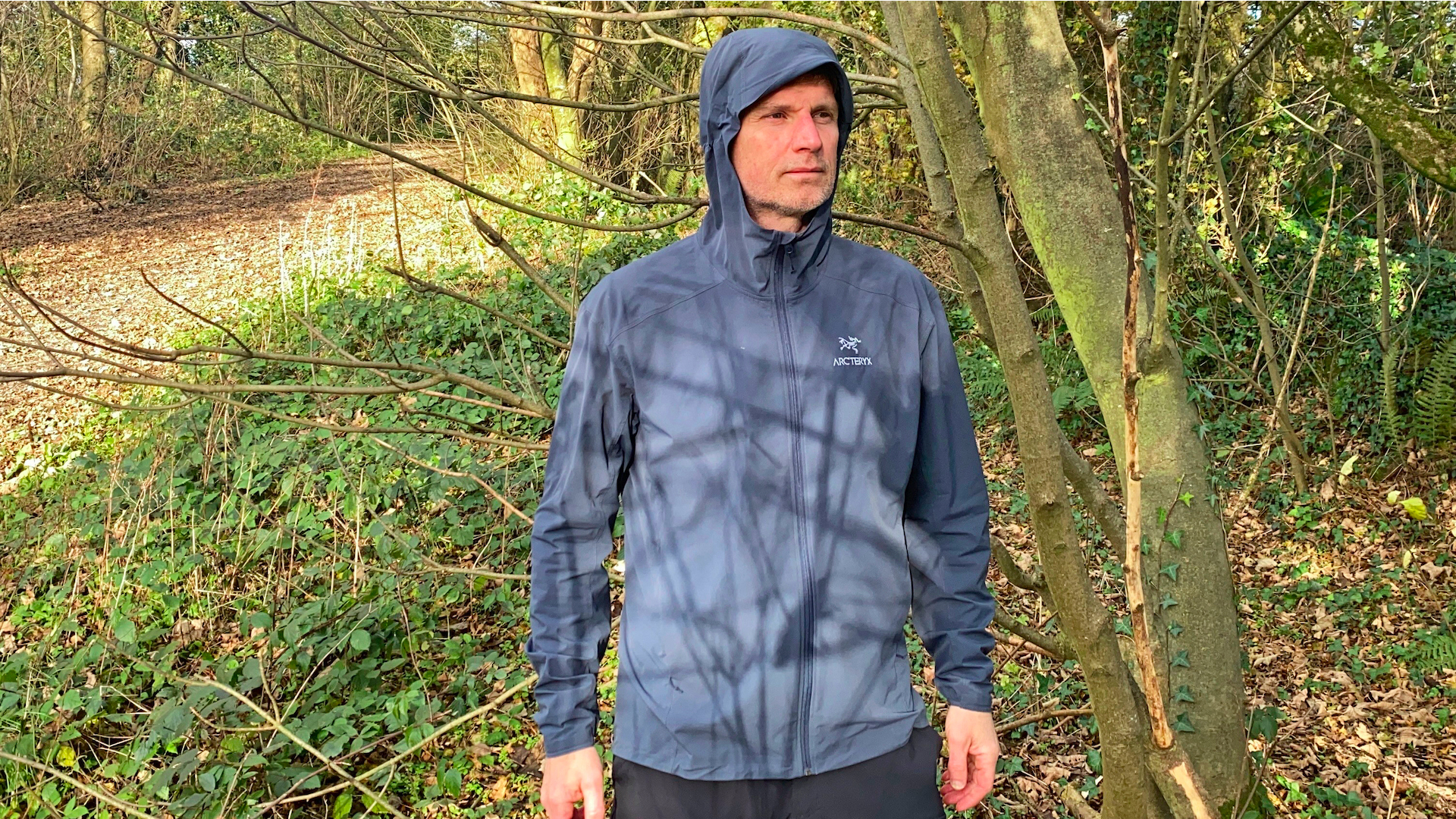
Arc'teryx Gamma Lightweight Hoody: first impressions
Canadian climbing and outdoor brand Arc’teryx are known for their top-quality adventure apparel… and the high-end price tag that you invariably see attached to anything carrying their distinctive logo. There is something undeniably appealing about Arc’teryx clothing, though – perhaps the tidy cut, the sensational color options, or the subtle design flourishes – that makes everything that features the fossilized Archaeopteryx seem absolutely ace.
• List price: $220 (US) / £170 (UK)
• Gender specification: Men’s / Women’s
• Sizes: Men’s: XS-XXL; Women’s: XXS-XL
• Materials: Fortius 1.0 softshell (86% nylon, 14% elastane)
• Weight: Men’s: 300g / 10.6oz; Women’s: 265g / 9.3oz
• Colors: Men’s: Black / Phenom / Black Sapphire / Edziza (revised version only) / Blue Tetra (revised version only); women’s: Black
• Compatibility: Climbing, hiking, biking
However, gear can be all kinds of handsome only to fail completely when it meets truly adverse conditions. Can the Gamma Lightweight Hoody live up to the lofty expectations I have of it (partly based on its sky high price), or will it prove to be a third-rate failure? (And why exactly do you need a windbreaker jacket for hiking?) I’ve been putting a sample through its paces to find out.
Note: I’ve been testing the original version of this jacket, which is still very much available, but there is an updated iteration too. Made from a different material – Wee Burly Double Weave (56% nylon, 34% polyester, 10% elastane) – the revised Gamma is considerably heaver (545g / 1lb 3.2 oz) and even more expensive (£250 /$300), but it is available in an eclectic range of tasteful colors including Blue Tetra, Edziza (an orangey yellow) and Heritage (dark red)… although not for women, so far as I can tell.
Arc'teryx Gamma Lightweight Hoody: materials and design

Exceptionally light, the original Gamma Hoody is made with Fortius 1.0, a windproof softshell material made from hardwearing nylon (86%) and dynamic elastane (14%), with the generous proportion of the latter providing a high degree of stretch. A big plus point is that 43% of the material content used is recycled.
While the jacket is not waterproof, and doesn’t claim to be, it has been treated with a durable water repellent, FC0-DWR, and does repel light rain and moisture, which beads up on the surface and rolls right off without soaking in. This won’t keep heavier downpours from giving you a drenching, however, so you will need to don a proper waterproof shell jacket when the weather gets really wet.
The Gamma has an adjustable hem and features a full-length zip that extends to protect your neck and lower face, and ends with a chin-protecting zip garage. The ‘stormhood’ has a good peak, completing the decent all-round head cover. This jacket has two hand pockets, both of which zip shut so you can securely stash some cash, a credit card or a car key in them.
Arc'teryx Gamma Lightweight Hoody: on the trails and at the crag

I’ve been testing the Gamma Lightweight Hoody from Arc’teryx on trails, hillsides and crags for the last year, wearing the top in all kinds of conditions and temperatures, while enjoying a wide variety of outdoor shenanigans around the UK.
With four-way movement in the material (and plenty of it), the dynamic Gamma is a great, lightweight and breezeproof top for hiking, scrambling and climbing in. With unrestricted levels of movement, you can easily stretch for holds while wearing this top. The hood is helmet friendly too.
It’s a good wind-defying outerlayer during the warmer months, whether you’re out walking trails or belaying a mate at the crag, but once temperatures start to drop, this wafer-thin top doesn’t supply much thermal protection, so you will need to think about additional layers. One omission from an otherwise excellent design becomes apparent when you go to pull on a layer over the top of the Gamma: it lacks thumb hoops.

The sleeves are skinny fit, though, and the sharp-cut cuffs are elasticated so there’s no excess material flapping around, which I like. The bottom hem can also be drawn in to keep breezes out, and a couple of tiny toggles then maintain the tightness. The hood has a single adjustment point (located on the back of your head), which is very easy to use with one hand, and I found the peak on the front of the lid effective at stopping the elements from smashing into my face when conditions were feisty.
There are only two pockets on this top, but because its primary role is as a lightweight, wind-blocking softshell, I don’t see this as a problem. There’s no point having a featherlight garment if you’re going to subsequently weigh it down by storing loads of things stuffed in the pockets.
Given that it is so ideal for climbing, I did think the pockets could perhaps have been positioned higher and angled in a more harness-friendly way.








